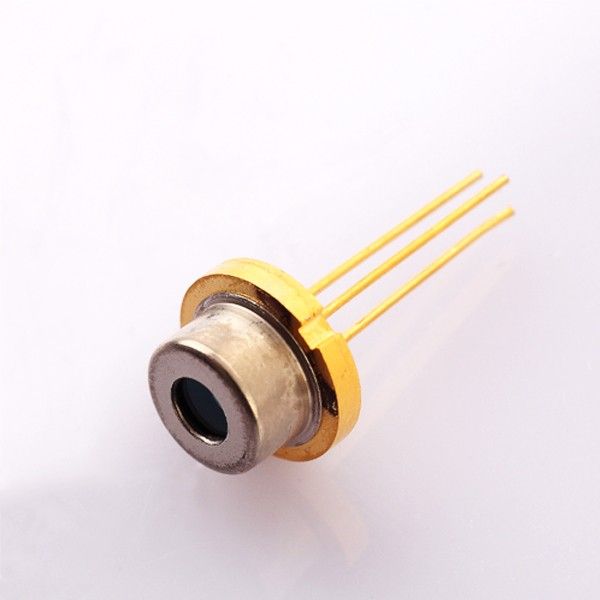
Comparing with special single mode laser diode, the real use of a 1064nm multimode laser diode is available with higher average output power, usually up to several watts to tens of watts, much higher than single mode lasers of the same size. By increasing the light emitting area or multi mode superposition, it is suitable for experiments requiring high energy input, such as material breakdown and plasma generation. Under operation of cooperation of those of experimental device or instrument and easy connects with electric power source, this MM laser diode projects spot of multimode beam with large size and the energy distribution is relatively uniform, which is suitable for uniform action on large-area samples (such as overall heating of the material surface and rapid processing of batch samples).
The manufacturing process of 1064nm multimode laser diode is much easier and more simple than single mode laser with the same output power. It gets less difficult to manufacture, the cost is more controllable, and the precision requirements for optical components are not high. It has better laser beam stability in complex working environments such as vibration and temperature fluctuations. Multimode laser diode usually uses multi-quantum well structures or array-type light-emitting areas to achieve high-power output by increasing the light-emitting area or superimposing multiple mode fields, rather than the single wave guide structure of single-mode lasers. The output infrared laser beam contains transverse modes (such as TEM01, TEM10 etc.), with a large divergence angle (usually several degrees to tens of degrees), and the spot shape may be elliptical or irregular, which needs to be collimated or shaped by a lens group. Owing to its higher output power, this 1064nm MM laser diodes is often equipped with more efficient heat dissipation structures (such as microchannel heat dissipation and thermoelectric cooling) to suppress power attenuation and wavelength drift caused by temperature rise and ensure long-term stable operation.
Application of 1064nm multimode infrared laser diode in scientific research
1064nm multimode infrared laser (referring to 1064nm laser with multiple transverse modes in the output beam) is mainly used in the following scenarios in scientific research due to its high power output and specific wavelength characteristics:
Material physics and high energy physics experiments: as a high energy pump source or energy input source, it is used to study the phase change of materials under the action of strong laser (such as melting, plasma formation), plasma acceleration in high energy physics, etc. The high average power of multimode laser can provide sufficient energy to drive extreme physical processes.
Laser induced breakdown spectroscopy (LIBS) research: used for elemental composition analysis of solid and liquid samples, the high energy of multimode laser can break through the sample to generate plasma, and the elemental composition is determined by analyzing the plasma spectrum. Its higher pulse energy is suitable for detecting low-content elements.
Photothermal effect and thermodynamics research: used to simulate the behavior of materials at high temperatures (such as thermal expansion and thermal conductivity measurement). The wide spot and high power of multimode lasers can achieve uniform heating of larger areas, avoiding local overheating deviations caused by small spot of single-mode lasers.
Auxiliary light source in laser spectroscopy: In some spectral experiments that do not require high beam quality (such as diffuse reflectance spectroscopy and photoacoustic spectroscopy), as excitation light to provide stable energy input, multimode characteristics have little effect on the results, and the cost is lower than that of single-mode lasers.
Study on photothermal interaction of biological tissues: used to explore the mechanism of thermal damage of laser to tissues, optimize photothermal therapy parameters, etc. The large range of action of multimode lasers can simulate the scene of large-area treatment in clinical practice, which is closer to actual application conditions.
